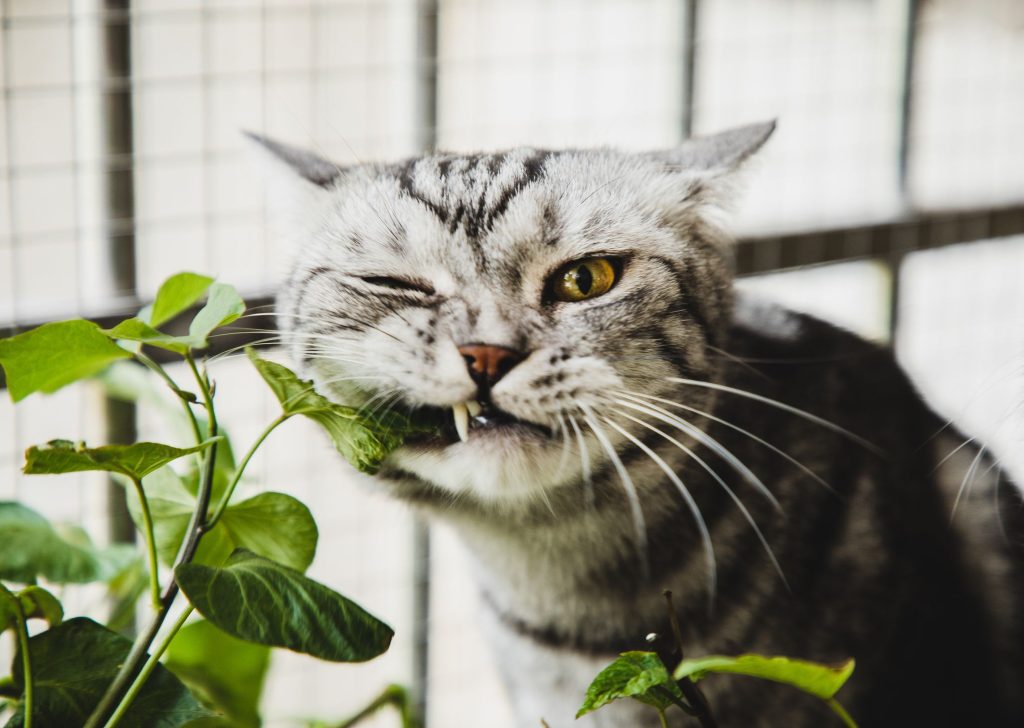It can be fulfilling to design a garden your cat will find safe and appealing. Cats adore investigating, climbing, and playing outside; hence, turning your garden into a cat-friendly sanctuary guarantees that your feline friend may enjoy the outdoors free from dangerous regions or toxic plants. Careful design and well-chosen plants will help you create a garden that serves as both your cat’s haven and a peaceful area for you. The cat safe plants like spider plants and Boston ferns are great for adding greenery without harming your curious feline friend.
Selecting Cat-Safe Gardines
Choosing non-toxic plants for your pet is the first step toward building a cat-friendly landscape. If eaten, several common plants and flowers including lilies, tulips, and daffodils can be harmful to cats. Rather, use safe, non-toxic substitutes like catnip, cat grass, and mint, which not only look fantastic but also offer your cat an interesting and exciting surroundings. Excellent additions for your garden that provide beauty and texture without endangering your pet include marigolds, snapdragons, and sunflowers.
Creating Safe Places for Discovery
Making your yard a cat-friendly sanctuary depends on designing a place where they may freely roam and fulfill their natural impulses since cats enjoy to explore and climb. Think of including climbing frames like shelves or cat trees so your cat may sit and view its surrounds. For your cat to investigate, you may also build various levels and textures using big boulders, logs, or even elevated garden beds. Make sure any construction is solid and safe to stop mishaps.

Developing Shaded Resting Areas
Although they love to lounge in the sun, cats often require shaded locations where they may hide and cool down. Including shady areas in your garden—pergolas, big shrubs, shaded benches—will provide your cat somewhere to relax on hot days. To offer more shade, you can create a little covered shelter or sow tall, cat-safe grasses. For your cat companion, these resting places will help your garden to be more pleasant and attractive.
Reversing Dangerous Garden Chemicals
Making a cat-friendly garden also depends on avoiding the usage of dangerous chemicals including fertilizers, pesticides, and herbicides. By strolling through treated areas or licking their fur after exploring, cats can quickly come into touch with these chemicals. Rather, choose natural pest management techniques such companion planting or adding helpful insects like ladybugs in organic gardening. This will protect your garden for the nearby fauna as well as your cat.
Aloe vera, while beneficial to humans, is toxic to cats, so choose only cat safe plants for your home.

